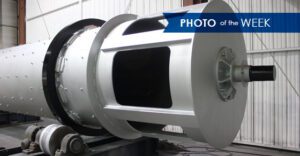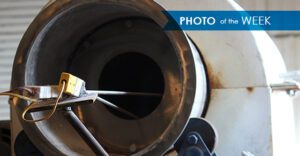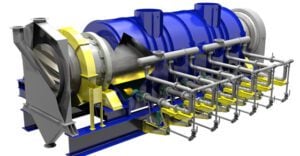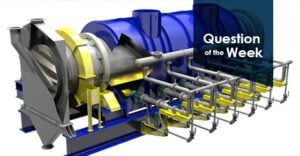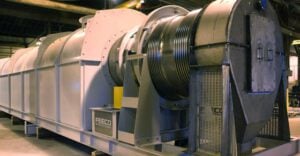What Causes Rotary Dryer Misalignment?
Rotary dryer misalignment is oftentimes the result of improper base installation. Misalignment in the base will quickly spread through the rest of the drum, causing wear and damage to other drum components. In addition, misalignment can occur naturally over time as part of normal rotary …




